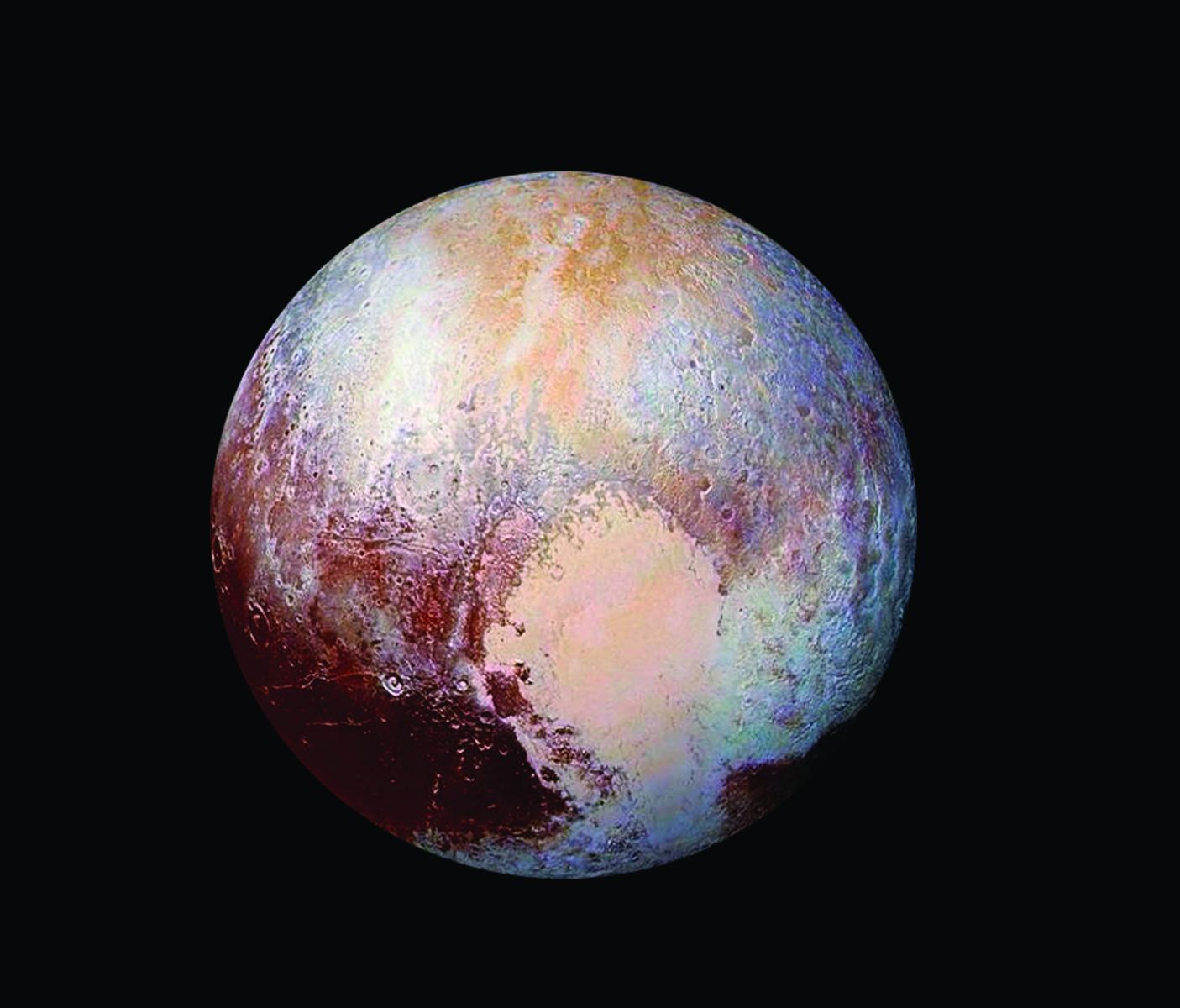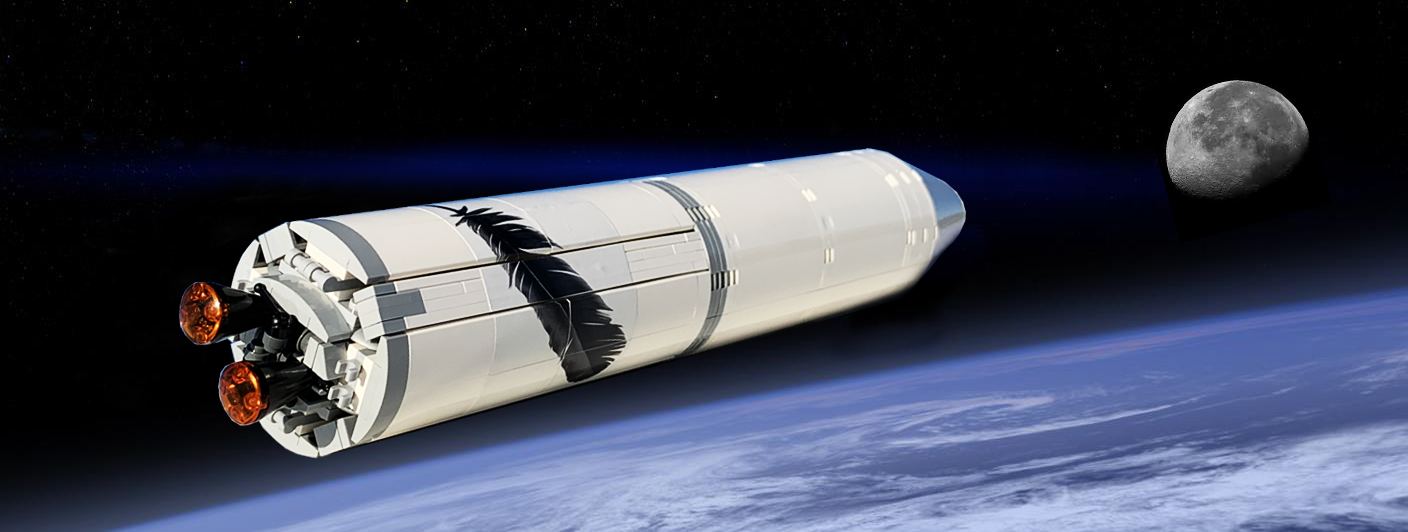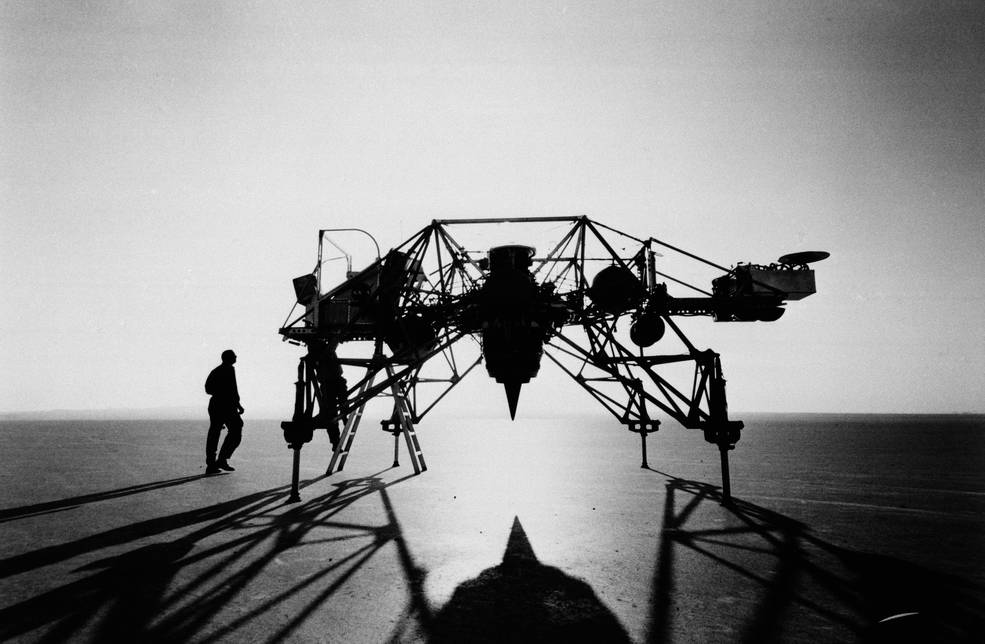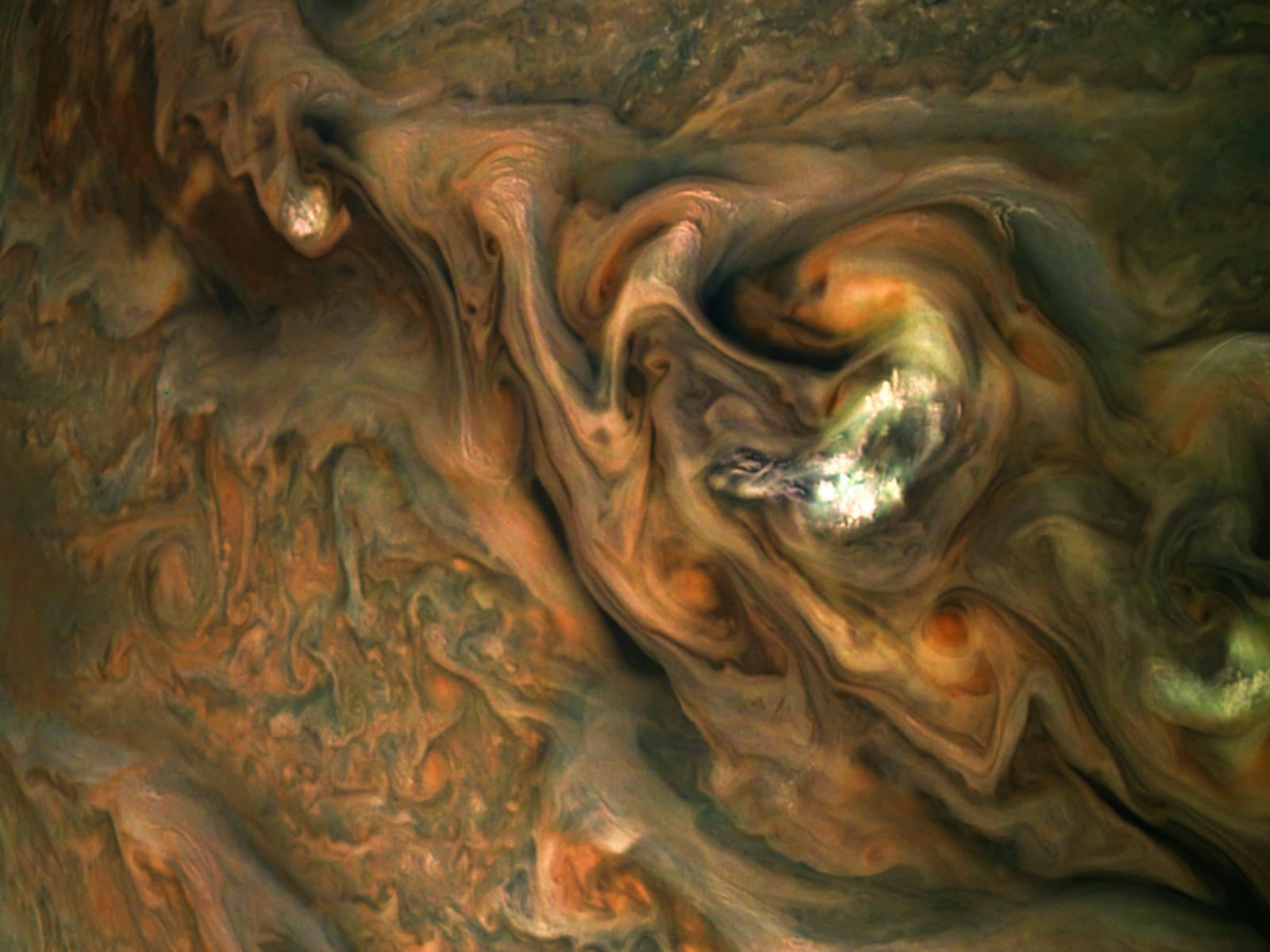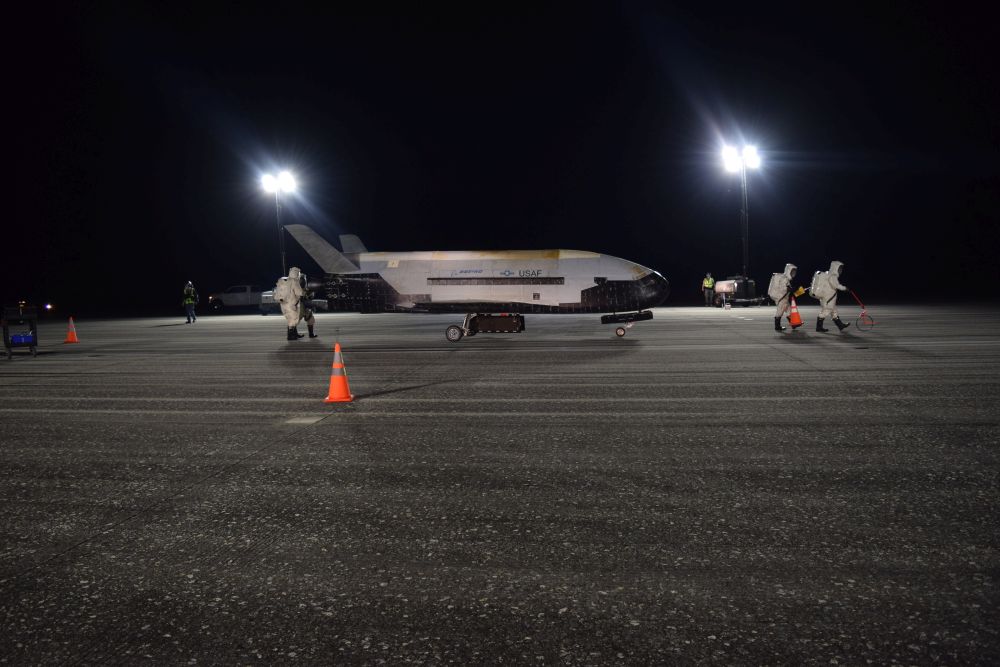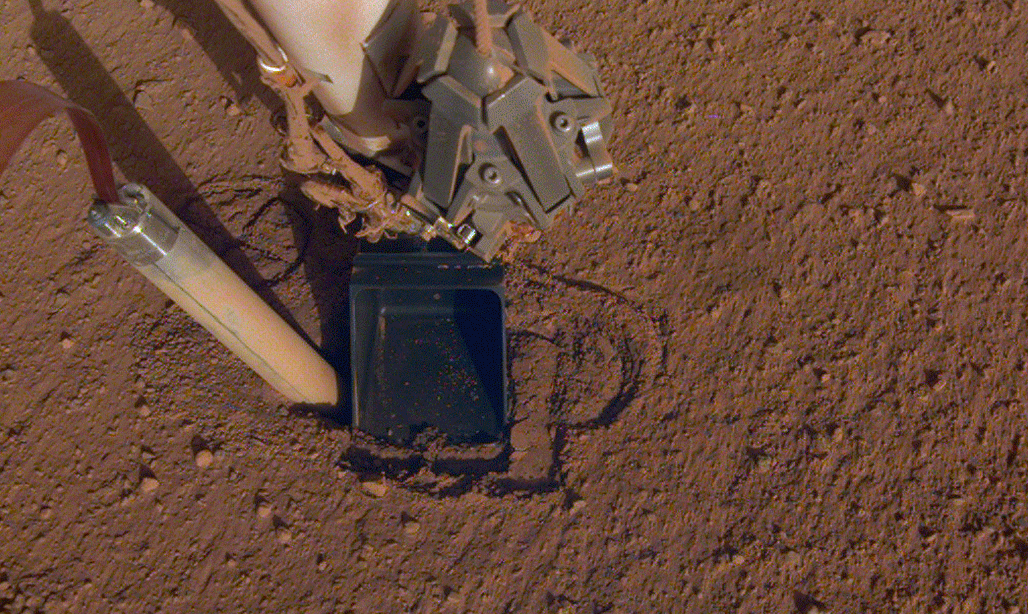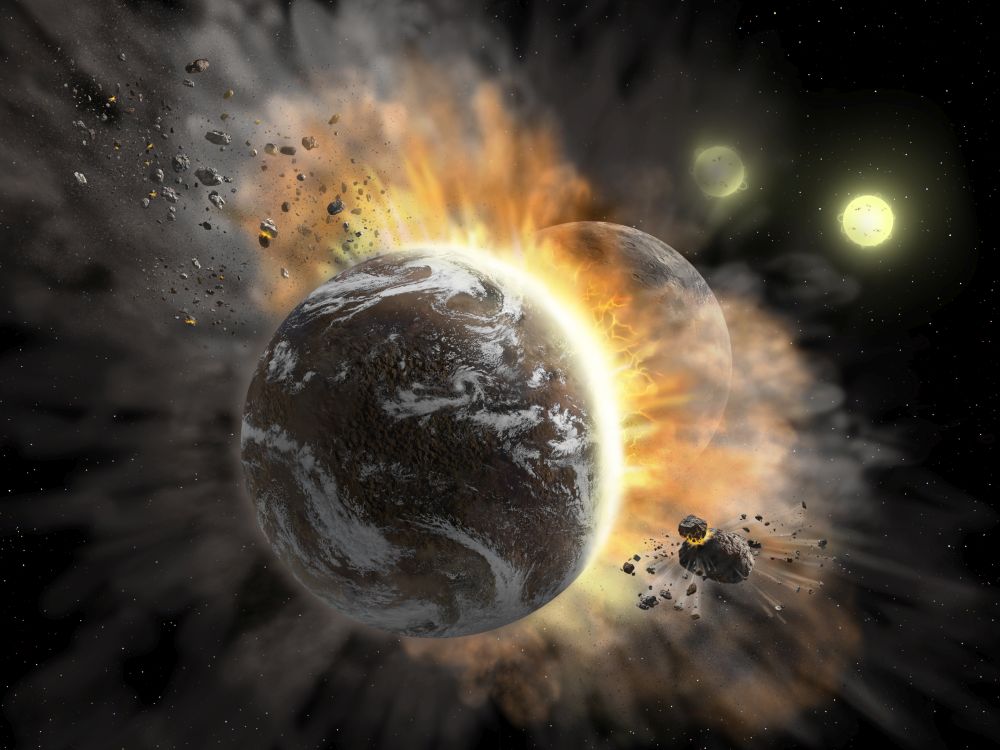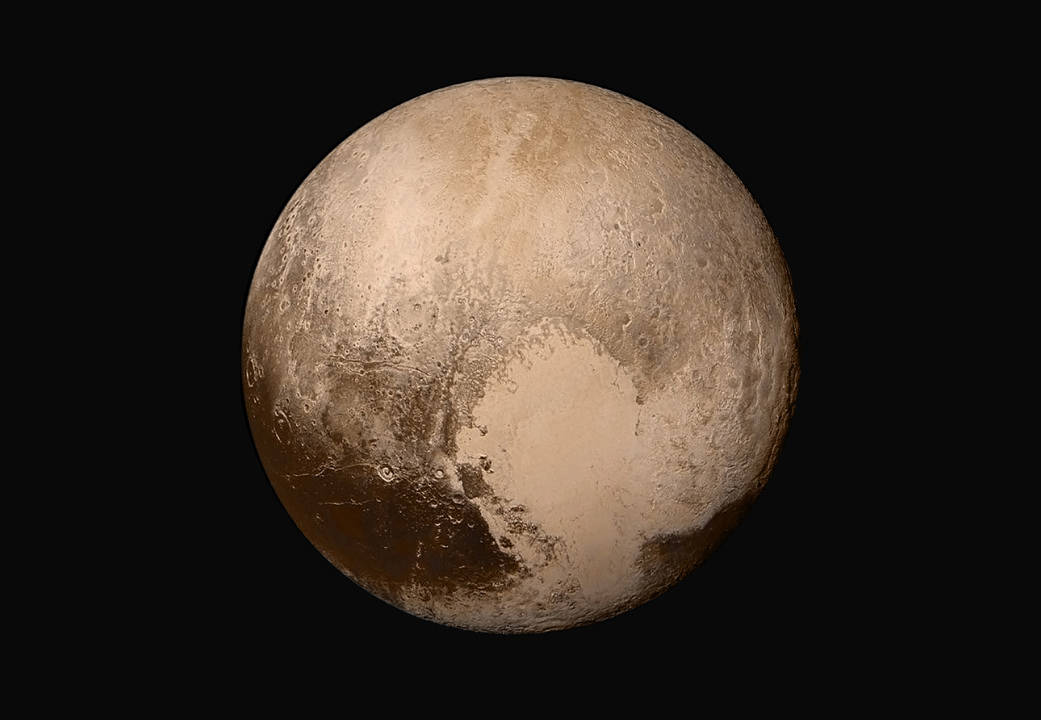NASA’s New Horizons mission taught us a lot about Pluto, the ice dwarf planet. But the spacecraft sped past Pluto so quickly, we only got high-resolution images of one side of the planet, the so-called “encounter side.” New Horizons gave us a big leap in understanding, but in a way, it asked more questions than it answered.
The next step is clearly an orbiter, and now NASA is starting to seriously consider one.
Continue reading “NASA is Now Considering a Pluto Orbiter Mission”
